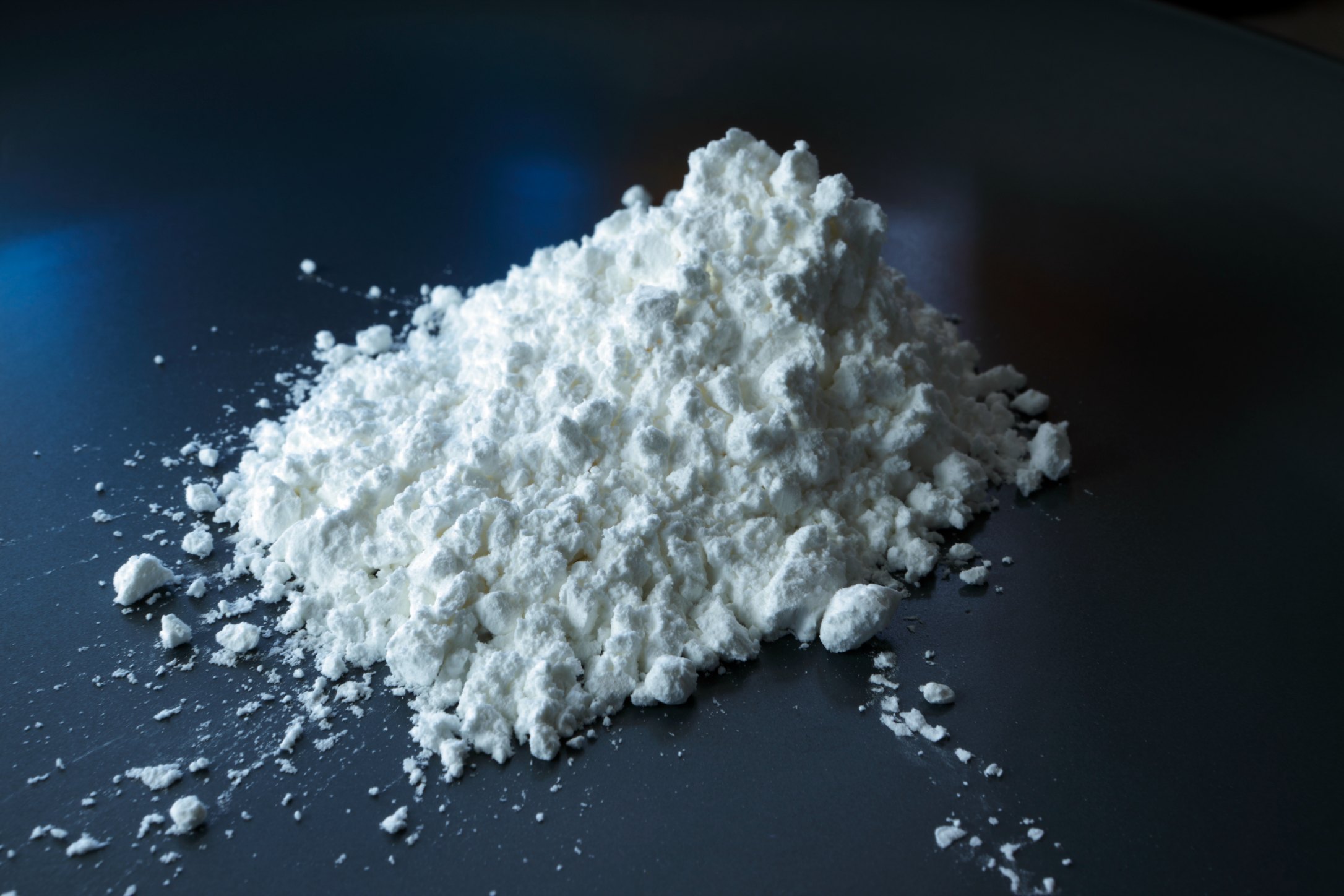How Long Does Cocaine Stay in Hair: You Need to Know
How Long Does Cocaine Stay in Hair
Cocaine can be detected in hair follicle tests for up to 90 days after use. This is because hair grows at a predictable rate, and as hair grows, it incorporates traces of substances that are circulating in the body at the time. So, a hair sample can contain a record of drug use for several months.
It’s important to note that hair testing may not pinpoint the exact timing or frequency of cocaine use. However, it can reveal past cocaine use over a longer window compared to other tests like urine or saliva.
Basics of Cocaine
What is Cocaine?
Cocaine is a powerful stimulant derived from the leaves of the coca plant. Known for its euphoric effects, it’s commonly abused for recreational purposes despite its potential for addiction and severe health consequences. Read about Can Laser Hair Removal Cause Cancer
Common Uses and Effects
Recreationally, cocaine is often snorted, smoked, or injected, leading to intense but short-lived euphoria, increased energy, and heightened alertness. However, these effects come with significant risks, including cardiovascular problems, mental health issues, and the potential for addiction.

How Cocaine Enters the Body
Methods of Ingestion
Cocaine can be ingested in various ways, each influencing how quickly and intensely its effects are felt. The most common methods include snorting, smoking (as crack cocaine), and intravenous injection.
Immediate Effects
Upon ingestion, cocaine rapidly enters the bloodstream and affects the brain, leading to a surge of dopamine. This results in the characteristic “high,” which includes feelings of euphoria, increased energy, and heightened sensory perception. However, these effects are fleeting, often lasting only 15 to 30 minutes. Discover about Can You Bleach Wet Hair
Cocaine Metabolism
Breakdown Process
Once in the body, cocaine is metabolized primarily in the liver. Enzymes break it down into several metabolites, with benzoylecgonine being the most significant one used for drug testing.
How Cocaine Metabolites are Formed
Cocaine’s primary metabolite, benzoylecgonine, is produced when the body processes cocaine through hydrolysis. These metabolites can then be detected in various biological samples, including urine, blood, and hair.
Hair Follicle Drug Testing
What is Hair Follicle Testing?
Hair follicle testing involves analyzing a small sample of hair for drug metabolites. This method is favored for its ability to detect drug use over an extended period, providing a more comprehensive drug use history compared to other testing methods. Learn about What to Avoid After Flu Shot
Why Use Hair for Drug Testing?
Hair testing is advantageous because it can detect drug use over several months, compared to days or weeks for urine or blood tests. It is less invasive and harder to adulterate, making it a reliable option for long-term detection.
Cocaine Detection in Hair
How Cocaine is Incorporated into Hair
Cocaine and its metabolites enter the hair shaft from the bloodstream, primarily during the formation of the hair strand in the follicle. As hair grows, these substances become permanently trapped in the hair shaft.
Factors Affecting Cocaine Detection in Hair
Several factors can influence the detection of cocaine in hair, including the amount and frequency of use, the individual’s hair growth rate, and external contamination.
Detection Timeframe
Standard Detection Window
Typically, cocaine can be detected in hair for up to 90 days after use. This period can vary based on the length of the hair sample tested, as hair grows approximately 1.3 cm per month.
Extended Detection Periods
In some cases, cocaine can be detected for longer periods if longer hair samples are available. For instance, a 6 cm hair sample could potentially reflect up to six months of drug use history.
Factors Influencing Detection Time
Frequency and Quantity of Use
Heavy and frequent use of cocaine can lead to higher concentrations of the drug in hair, potentially making it detectable for longer periods.
Hair Growth Rate
Individuals with faster hair growth rates may have shorter detection windows, as the drug-infused portion of the hair grows out more quickly.
Hair Treatment and Cosmetic Factors
Treatments like bleaching, dyeing, and excessive washing can potentially reduce the concentration of cocaine in hair, though not eliminate it entirely.
Comparison with Other Testing Methods
Urine Tests
Urine tests are more common for detecting recent drug use, typically within the past few days. They are less effective for detecting long-term use compared to hair tests.
Blood Tests
Blood tests are highly accurate but invasive and only detect very recent use, usually within 48 hours.
Saliva Tests
Saliva tests are also used for detecting recent drug use, with a detection window of up to 48 hours.
Accuracy of Hair Testing
Reliability and Validity
Hair testing is considered highly reliable and valid for detecting long-term drug use. It is difficult to tamper with and provides a longer detection window compared to other methods.
Potential for False Positives and Negatives
While rare, false positives can occur due to external contamination. Laboratories often use confirmatory testing to ensure accuracy.
Interpreting Hair Test Results
What a Positive Result Means
A positive result indicates that cocaine or its metabolites have been detected in the hair sample, suggesting drug use within the detection window.
Understanding Negative Results
A negative result means no detectable levels of cocaine were found in the hair, indicating either no use or use outside the detection window.
Legal and Employment Implications
Workplace Drug Testing Policies
Many employers use hair testing to enforce drug-free workplace policies. A positive result can lead to disciplinary actions, including termination.

Legal Consequences
In legal settings, a positive hair test can impact custody battles, parole conditions, and other legal matters where drug use is a concern.
Personal and Health Implications
Health Risks of Cocaine Use
Cocaine use carries severe health risks, including cardiovascular issues, mental health disorders, and the potential for overdose.
Personal Consequences of a Positive Test
A positive test can have significant personal consequences, such as strained relationships, loss of employment, and legal troubles.
Reducing Detection Risk
Can You Cheat a Hair Test?
While some products claim to cleanse hair of drugs, their effectiveness is questionable. The best way to avoid detection is to refrain from using cocaine.
Best Practices for Avoiding Detection
Maintaining a drug-free lifestyle is the most reliable way to avoid a positive hair test. Regular hair washing and avoiding environments where drugs are used can also help reduce contamination risk.
Conclusion
Understanding how long cocaine stays in hair and the factors that influence detection is essential for those facing drug testing. Hair tests provide a comprehensive view of drug use history, making them a valuable tool for employers and legal entities. Staying informed about these processes helps individuals make better decisions and understand the implications of their actions.
FAQs
How accurate are hair drug tests for cocaine?
Hair drug tests are highly accurate and reliable, with a low risk of false positives or negatives when proper testing protocols are followed.
Can second-hand cocaine smoke be detected in hair?
While second-hand smoke can potentially contaminate hair, the levels detected are usually much lower than those from direct use, and labs have methods to distinguish between the two.
How long does it take for cocaine to show up in hair after use?
Cocaine can be incorporated into hair within a few days of use, but it typically takes about a week for enough hair to grow and be detectable in a test.
Are there ways to clean hair to pass a drug test?
There are products marketed to cleanse hair of drugs, but their effectiveness is uncertain. The most reliable way to pass a test is to avoid drug use.
How does hair color affect cocaine detection?
Hair color can influence drug detection, as darker hair tends to incorporate more drug metabolites due to higher melanin content, which can bind more effectively with cocaine metabolites.
